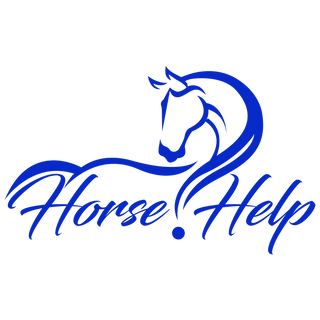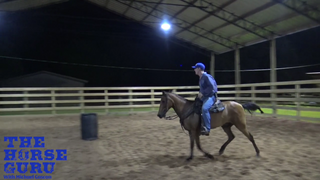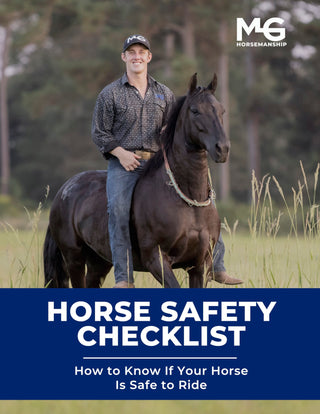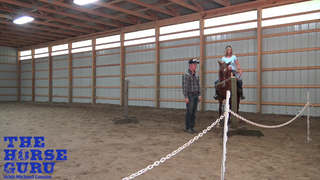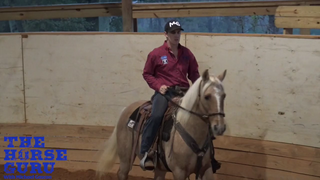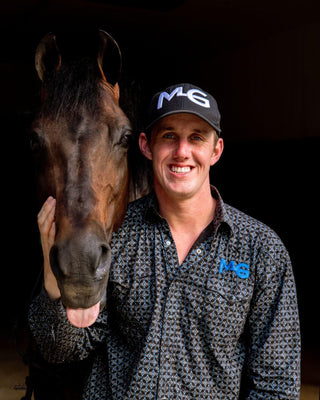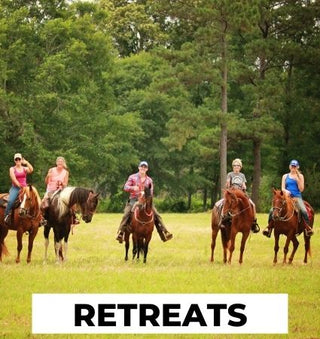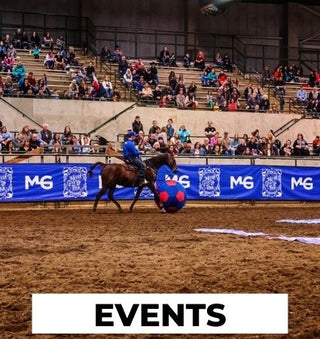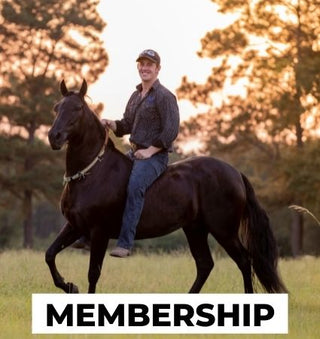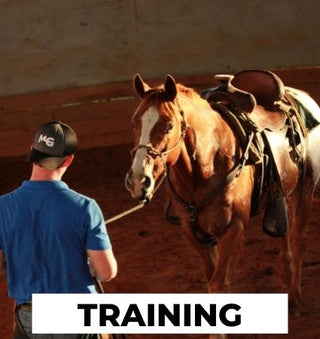Watch the Video Here or continue reading below!
Many trainers claim that cantering a gaited horse will ruin its gait, but that’s simply not true! When done correctly, cantering can actually improve your horse’s balance, responsiveness, and overall athleticism. In this guide, we’ll break down how to properly train your gaited horse to canter without disrupting its natural gait.
Debunking the Myth: Will Cantering Ruin Your Horse’s Gait?
Some believe that asking a gaited horse to canter will cause them to lose their smooth gait, but the real issue lies in unclear cues. If a horse is already moving at a fast gait and is suddenly asked to canter, it may start anticipating the transition too early, leading to choppy movement. The key to success is clear communication and proper body positioning.
The Foundation: Teaching Your Horse to Give and Go
Before asking for the canter, your horse must have three essential qualities:
- Respect – Your horse must respect your cues and guidance.
- Response to Pressure – Your horse should flex, stop, and yield to pressure.
- Give and Go – The ability to give their head while moving their feet smoothly.
These fundamentals create a responsive horse that will transition easily into a controlled canter.
Setting Up for Success: The Right Body Position
- Keep loose reins to encourage a relaxed head position.
- Your horse’s body should be horizontal from the poll to the withers and back.
- Use light flexing exercises to get your horse comfortable moving with a lowered head.
- Focus on small circles to maintain control without restricting forward motion.
Step-by-Step Process to Canter a Gaited Horse
1. Establish Relaxation at the Walk and Trot
Before cantering, your horse should walk and gait with its head lowered. The smoother the transitions at slower speeds, the easier the canter will be.
2. Encourage Forward Motion with a Low Headset
- Keep your hands low and relaxed, even if the horse speeds up.
- Use big releases when your horse lowers its head, reinforcing the correct posture.
- Avoid pulling or restricting the horse’s movement.
3. Use Circles to Develop Balance
- Start by disengaging the hindquarters to redirect energy.
- Guide your horse into large, open circles to encourage relaxation.
- Gradually reduce the size of the circles to improve control and balance.
4. Introduce the Canter on a Loose Rein
- Allow the horse to naturally transition into a canter without forcing it.
- Keep consistent cues so your horse understands the difference between gaiting and cantering.
- Don’t micromanage speed—only focus on keeping the head low and balanced.
What to Expect in the Beginning
At first, your horse may feel rough or unbalanced at the canter. This is normal! Horses are naturally inclined to lift their heads before running, so keeping them relaxed takes practice. With repetition, your horse will learn to canter smoothly with a rounded back and relaxed frame.
Final Thoughts: A Balanced Horse is a Happy Horse
By following these steps, your gaited horse will develop a soft, controlled canter without losing its ability to gait. Over time, your horse will gain confidence, relaxation, and versatility—making it a joy to ride at any speed.
